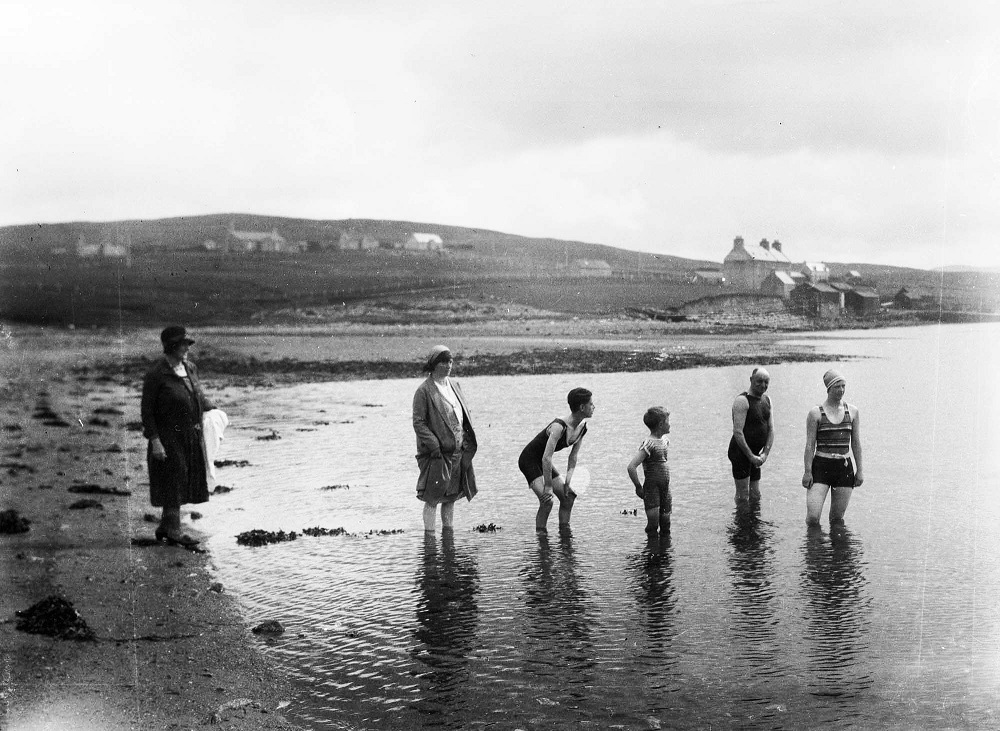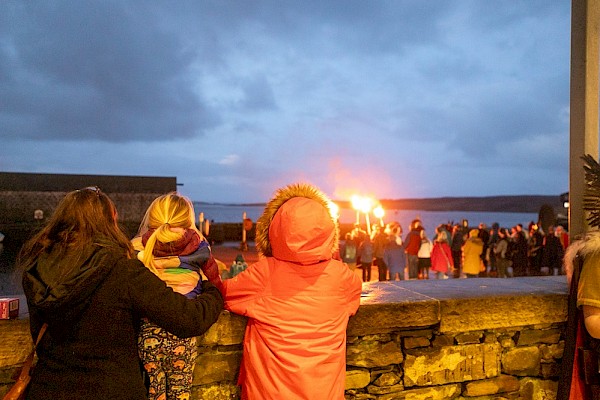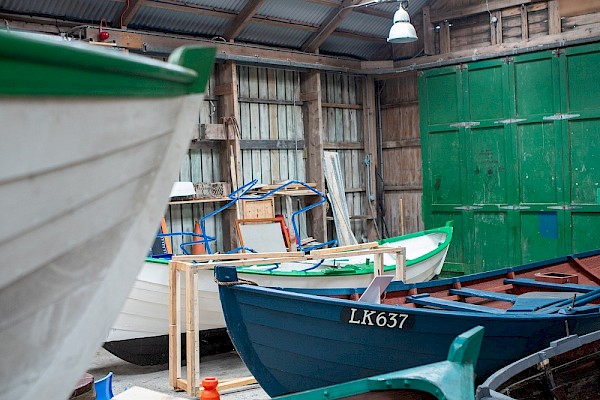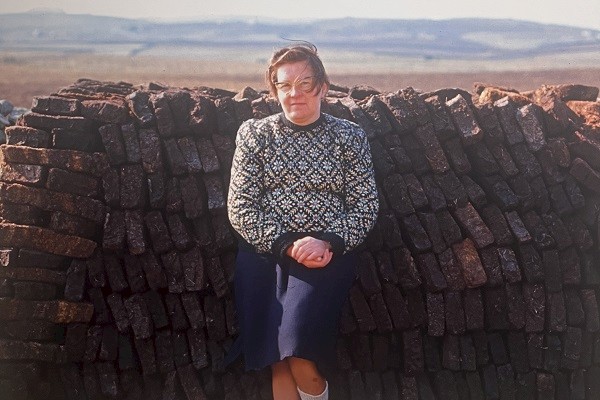Da Wadder
The weather is never far from conversation here, and it hasn’t been a great summer. Some good days though, and on July 19 the Meteorological Observatory just outside Lerwick recorded 23 Celsius. Otherwise this summer has had people saying “winter with sunshine,” while the south of the UK endured record temperatures of 40 degrees or more. The sinister trend of global warming hasn’t given us a record-breaking period heat this summer.
The Shetland News website, searching for a Shetland heat peak, noted that the record here was on July 5, 1991 when 23.4 degrees was recorded at the Observatory. Shetland is a place where anything in double figures is jokingly referred to as a heatwave. The site also noted that 27.8 was recorded at Sumburgh Saturday August 6, 1910. This was before the Met Office had premises and staff in Shetland. The lighthouse keepers logged the meteorological data.
There’s over 5 degrees difference between the two record figures. In 1910, before the Met. Observatory, the temperatures were logged at Sumburgh Lighthouse. It begs the question, is the figure high because of how it was measured? The Shetland Times, August 13, 1910 had a short piece on a Great Heatwave in Shetland.
Not since 1871 has such a high temperature been registered at Sumburgh. At Lerwick the temperature rose in the early afternoon to 75 degrees, while at Sumburgh the shade thermometer touched 82. In Baltasound the highest reading was 77 degrees.
Since they used the Fahrenheit scale in 1910 these figures convert to 23.88 Celsius in Lerwick, 27.7 in Sumburgh, and 25 in Unst. A cluster of figures all greater than the figure for 1991, but still a puzzle.
There are two people in Shetland who are good to ask about the weather, Dave Wheeler and Allen Fraser, both meteorologists. Allen pointed out that the Sumburgh staff would have kept records assiduously with proper equipment. Dave had a look at the Met. Office records for 1910 and found an explanation. They are online --https://digital.nmla.metoffice.gov.uk/.
The explanation goes like this. Warm air from the Middle East was circulating round a shallow area of low pressure over Denmark. It moved across the North Sea, cooling the lower levels of the air but not the ones higher up. Sumburgh Lighthouse is elevated on a clifftop, high enough to be among the warm air, and so the staff logged a record temperature.
Many thanks to Allen and Dave. It’s good to have people to ask.
Photo: LS00615 Shetland Museum and Archives
Jean Scott, Kathleen Scott Snr, Frank Scott, Jack Tulloch, John Scott, Kathleen Scott Jnr swimmming (c.1928)















